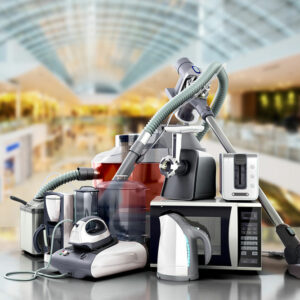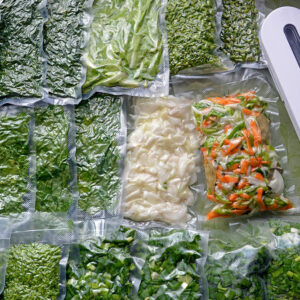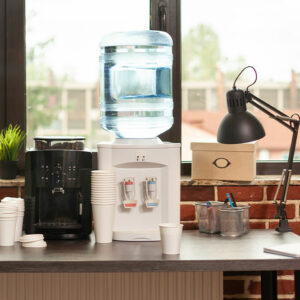
01
20 Appliances to Look Out for During Black Friday 2023
Home appliances like vacuum cleaners, refrigerators, and microwaves make daily chores much more effortless. However, they can be expensive. So, the best time to buy these machines is Black Friday, when stores roll out attractive deals and discounts on almost everything. While the sale hasn’t begun, homeowners can shortlist the appliances they’d like to grab a deal on. Here are 20 popular home appliances to check out during Black Friday 2023. Refrigerators LG’s 20.2 cu. ft. top-freezer freestanding refrigerator features humidity-controlled crispers and Smart Cooling technology to keep food fresh for longer. The stainless steel model is currently selling for $749.99 at Best Buy, but if one holds off buying until Black Friday, they may get a better offer. Those looking for a top-freezer refrigerator can also check out Insignia’s offerings. The brand’s 18 cu. ft. model offers plenty of open space, has glass shelves for organization, and boasts an easy temperature control feature to keep food fresh. The Whirlpool 24.5 cu. ft. French-door refrigerator is a good option for larger families. Its automatic ice maker ensures one never runs out of ice, while its automatic defrost feature saves time and hassle. The black, stainless steel model costs a whopping $2,789.99 at Best Buy today, so interested buyers might want to wait for Black Friday and hope to save. Washers and dryers The 5.5 cu. ft. LG top-load washer features TurboWash3D technology for a thorough wash and 6Motion technology for gentle cleaning. While the appliance is currently available for $799.99 at Best Buy after a discount, customers might want to wait until the sale to see whether the price drops further. LG also has some excellent front-load washers, which are worth considering. The 5.0 cu. ft. model boasts advanced features like the Tub Clean cycle and 6Motion technology for exceptional cleaning results.
Read More 





